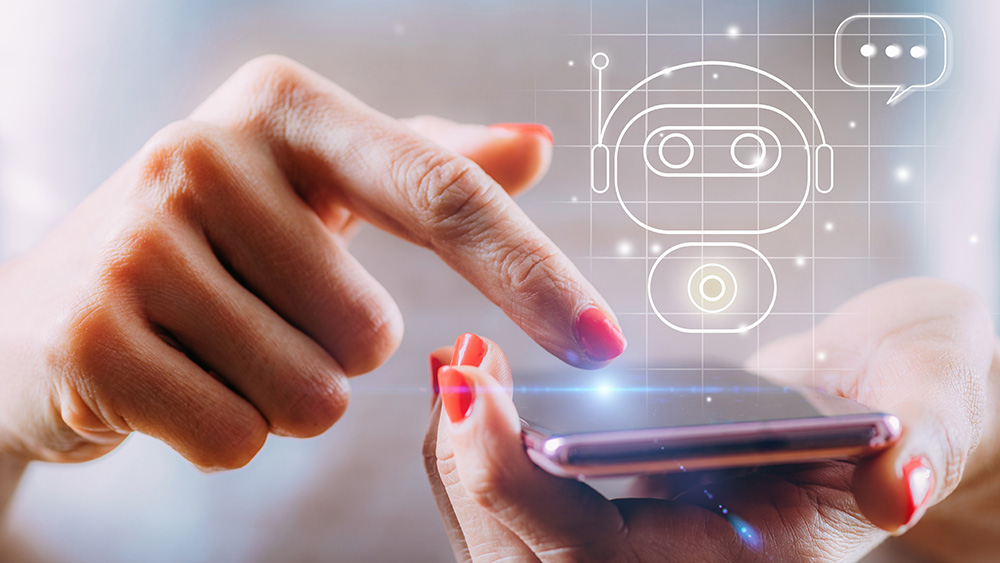
If an event organizer using an AI chatbot can “give you value in the form of instant answers or information, [it] builds trust,” said Chuck Elias, CEO of 42Chat.
Text-based AI chatbots open up a two-way communication channel that has distinct advantages over asking event attendees to read — and retain — a “What to Know Before You Go” email or to click through a FAQ list on an app. Unlike email, text has a 98-percent read rate and AI chatbots allow attendees to get information exactly when they want and need it, he said. “One of the things we discovered early on when we did our first bot was that satisfaction is not defined by how often [users] interact, but by needs fulfilled just when you need it.” And organizers can use the channel not only to engage with their audience during the event, “but way before, when registration goes live,” he said. After the event’s over, “we go into what we call marketing mode, which is now how do you build that relationship throughout the year to get them ready to go to the next event,” he said.
The tone and personality of bots can be tailored to fit communities, Elias said. One of Chat42’s most famous bots was Betty, a “sassy, purple-haired New Yorker,” created for BizBash. Betty wouldn’t work for every event — like not at all for an accountants’ event, Elias said. “What we’re all trying to do is figure out how do I humanize [the chatbot] it so that you’re more likely to engage.”
Trust is an essential part of creating engagement within a text channel — AI chatbot messages have to be meaningful and deliver value to recipients, Elias said. If an organizer using an AI chatbot can “give you value in the form of instant answers or information, [it] builds trust,” he said. Then, “through that channel I can deliver more value and build more trust. If you do that, you build an engaged community.”
Here are four ways to use chatbots for events, adapted from “Event Chatbots: Everything You Need to Know in 2023”:
- Provide attendee support — Chatbots can answer attendees’ questions in real time or offer suggestions based on the event agenda.
- Personalize their experiences — Event chatbots can collect information from attendees, making it easier to understand each attendee’s preferences and needs, and to create more tailored event experiences.
- Streamline the check-in process — AI-powered event chatbots can automatically verify attendees’ identities, scan tickets, and sign them in.
- Expand the reach of an event — Chatbots can start a conversation before an event and continue it afterwards.
Barbara Palmer is deputy editor of Convene.
 Events Industry Forecast
Events Industry Forecast
This story is from the November issue of Convene, which featured the 2023 Events Industry Forecast, Find more stories from the Forecast below:
- Meetings Market Survey 2023: ‘The Work Has Gotten Very Difficult’
- How Event Professionals Are Feeling About Their Jobs
- ‘The Event-Industry Adaptions Are Coming Fast and Furious’
